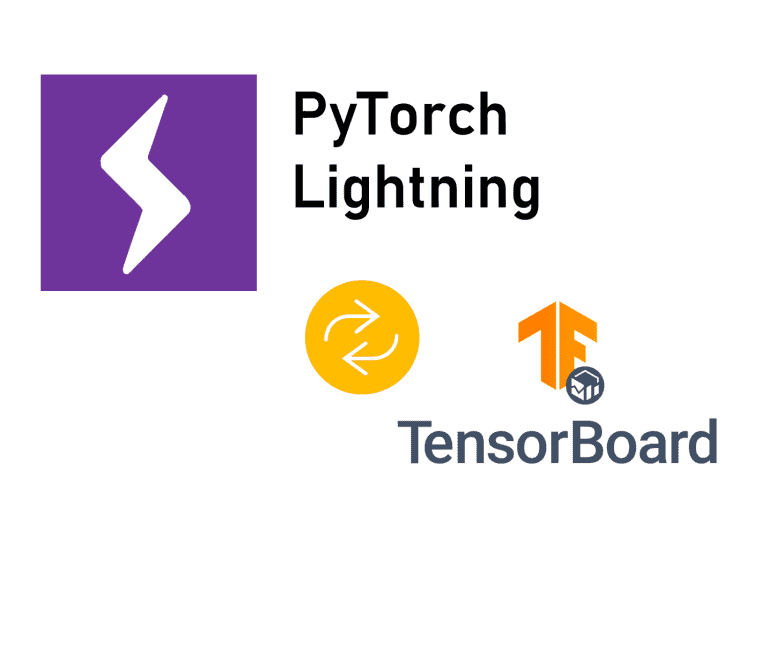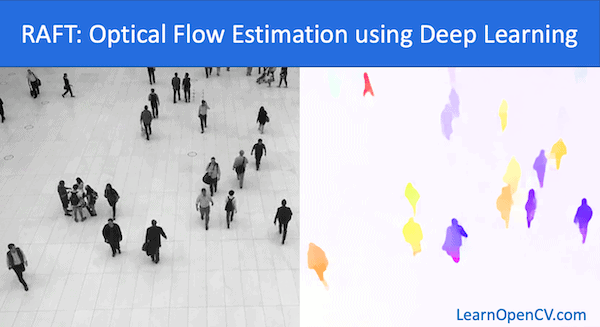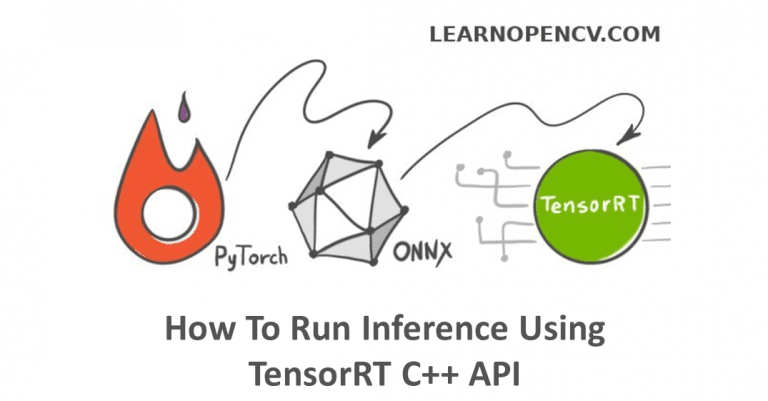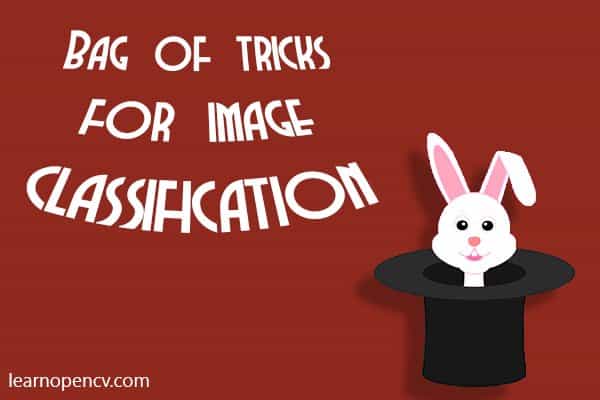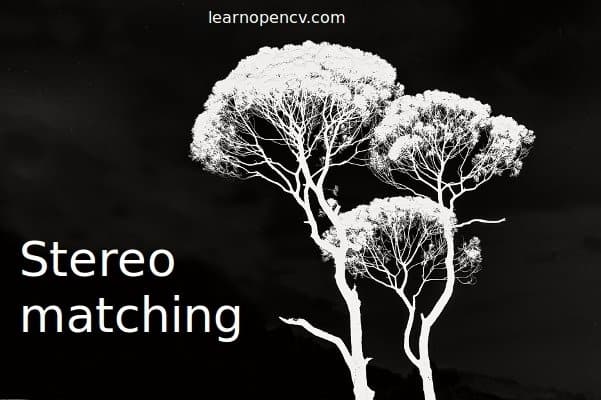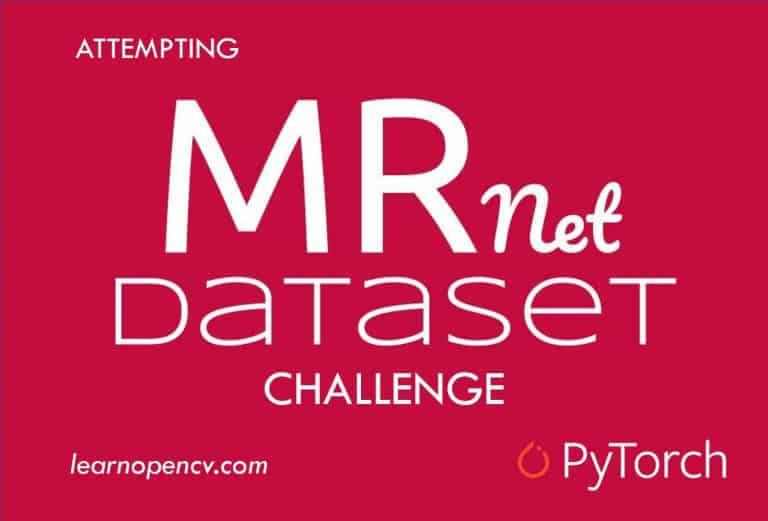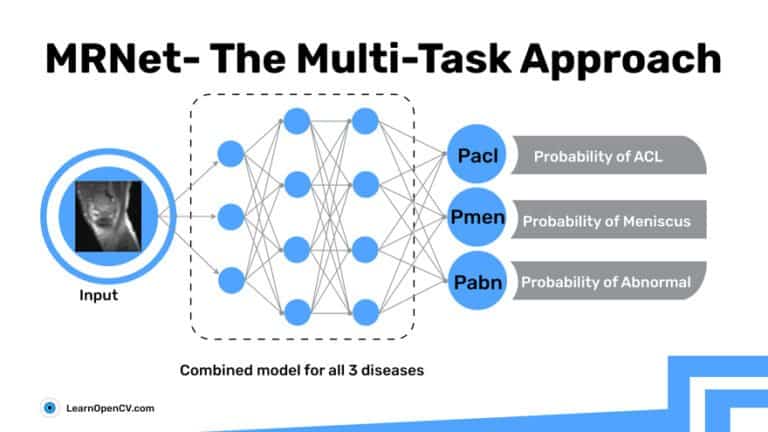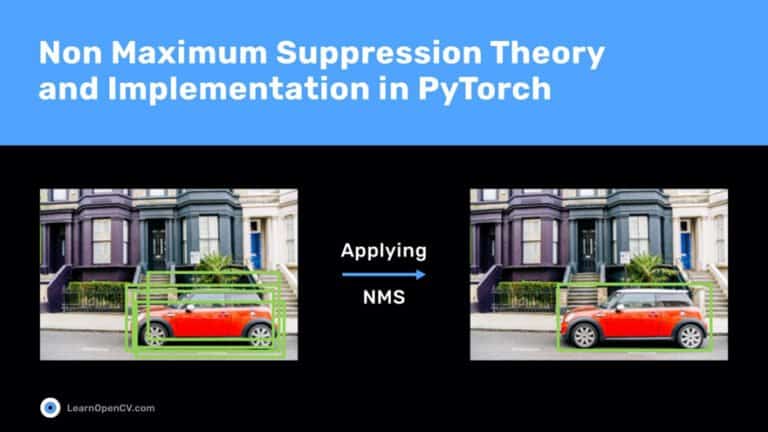PyTorch
A picture is worth a thousand words! As computer vision and machine learning experts, we could not agree more. Human intuition is the most powerful way of making sense out
In this post, we continue to consider how to speed up inference quickly and painlessly if we already have a trained model in PyTorch. In the previous post We discussed
Introduction Image classification is a key task in Computer Vision. In an image classification task, the input is an image, and the output is a class label (e.g. “cat”, “dog”,
Depth estimation is a critical task for autonomous driving. It’s necessary to estimate the distance to cars, pedestrians, bicycles, animals, and obstacles.The popular way to estimate depth is LiDAR. However,
Stanford ML Group, led by Andrew Ng, works on important problems in areas such as healthcare and climate change, using AI. Last year they released a knee MRI dataset consisting
In this post, we will learn how to convert a PyTorch model to TensorFlow. If you are new to Deep Learning you may be overwhelmed by which framework to use.
OpenCV library is widely used due to its extensive coverage of the computer vision tasks, and availability to involve it in various projects, including deep learning. Usually, OpenCV is used
In the previous post, we’ve learned how to work with OpenCV Java API with the example of a PyTorch convolutional neural network, integrated into the Java pipeline. Now we are going
Our last post on the MRNet challenge presented a simple way to approach it. There you learned to make a separate model for each disease. And ended up with three

